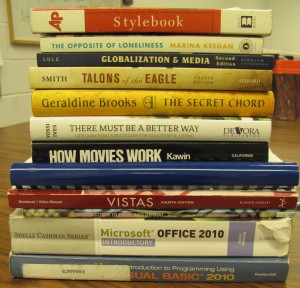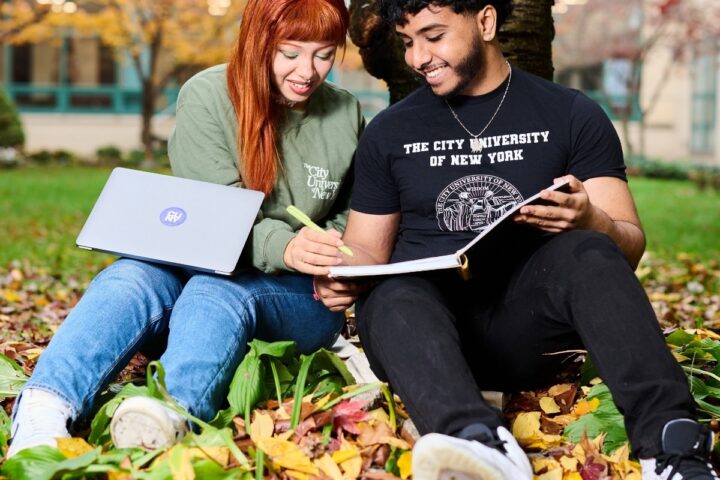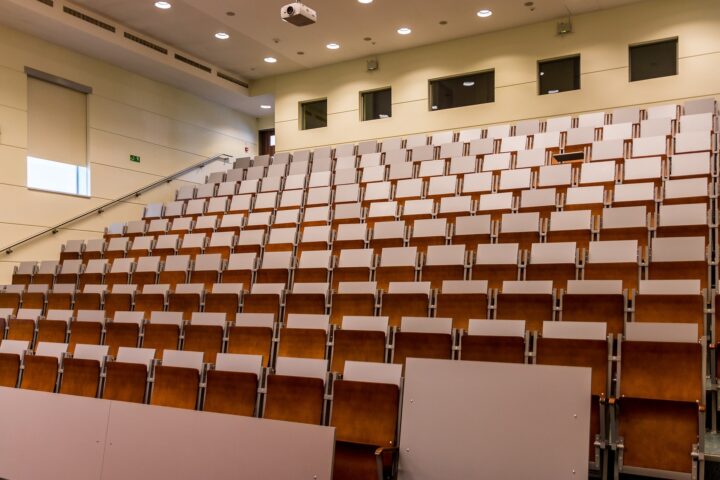
Students at Queens College returned to classes earlier this month for homework, tests and the annoying part—textbooks.
There are two forms of textbooks, online and physical. But students want the best bang for their buck.
Alisa Ford, a freshman attending Nassau Community College, is new to the textbook-buying scene and, like other freshman students, was surprised at the high costs of her books.
“As a freshman, I don’t think that I was really aware of how much my textbooks would cost,” she said. “I ended up getting older editions of books since many of my professors said that they would be practically the same. In the end, I think that I spent a little over $200 for four courses.”
Ford is not the only student searching for low costs. Piotr Gardocki, a senior at John Jay College, is an organizational wiz with textbooks.
“I create a spreadsheet of all my required texts and then spend a week analyzing which libraries I can get books from for free. I have an e-reader that gives me access to all of my texts at once. But some professors don’t allow e-readers in their classrooms, which makes it difficult to follow the text and save some money,” Gardocki said.
Talia Schaffer, an English professor at Queens College, confirmed this is the case in her classroom.
“First, [online] texts are often uncorrected scans from dubious originals so they are full of errors, and they may be using a bad edition. Second, those online texts usually don’t have footnotes, and since I teach stuff written in another century, sometimes with dialogue in other languages, students really do need to be able to look up terms they don’t know. The type of machine a student uses is also crucial,” she said.
Schaffer added different electronics used in the classroom are harmful for a student’s engagement. She said laptops are the worst because they create a literal barricade between the students and class, preventing their participation.
“Kindles are not too bad, since they’re basically just flat and grey. But computers or iPads pose a serious problem. It is just so tempting to check email, social media and shop online,” Schaffer said. “Students nearby get distracted and want to peek at the glowing screen.”
Sites like Craigslist and Ebay may scam students by offering books, sometimes international editions, at low prices. But reliable places are the popular Amazon website and even the publisher itself.
“If any books are unavailable at my school or local library for reserve, I then research the lowest prices. I avoid sites that look like scams and stick to those that I have used in the past,” Shyan Bhairo, a sophomore at QC, said.
Students often resort to textbooks from friends who took the same courses as them, but this is not always successful. Professors require specific editions of textbooks or editions for books difficult to find anywhere. In addition, some classes force students to buy special programs like Aplia with an e-textbook.
Gardocki added students should look for budget-friendly sites to spend less.
“Sometimes, retailers will give a discount for books if you purchase them in bulk, so I try to purchase all of my books at once from the same place,” he said.
Marines Gonzales, a sophomore at QC, recommended a few sites that she used to buy textbooks.
“I always get a list of my books from CUNYFirst or from the syllabus during the first week of school. [I then] open up several tabs on my computer and go searching for the best prices across the board. I recommend Thriftbooks for novels or other well-known literature and Amazon for textbooks,” Gonzalez said.














